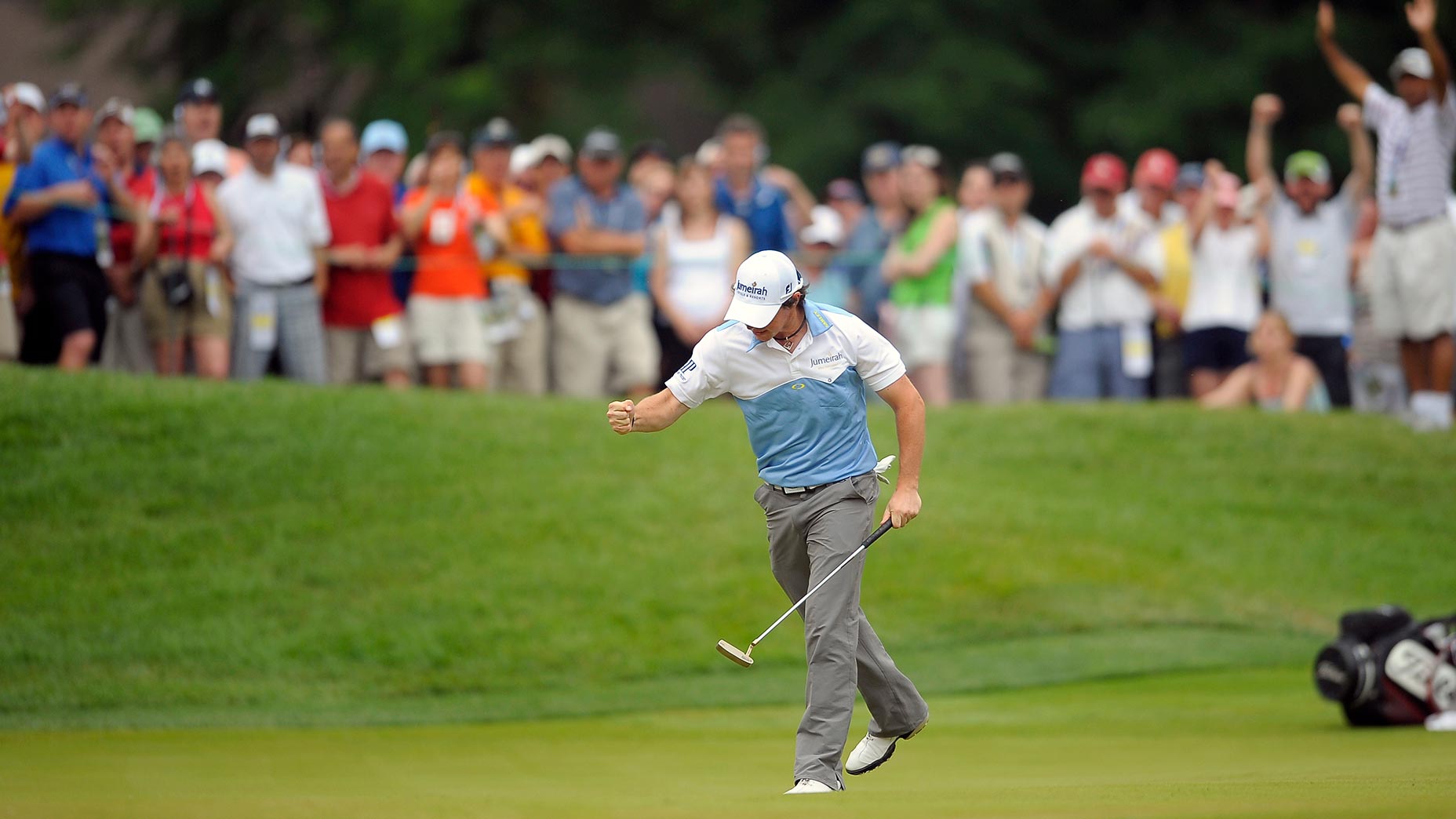The business of making a golf course play hard is, well, hard.
Grow the rough as much as you please. Don’t bother watering those greens. And, hey, while you’re at it, stick the pin in as many tightly guarded, devilishly slick locations as your heart desires. Congratulations! You’ve made the golf course harder, but have you made it hard enough to challenge the best golfers in the world? Well, hard to know, largely because the dirty little secret of course setup is that it is overwhelmingly dependent upon weather.
Maybe the wind will decide not to gust. Or it’ll blow downwind on the hard holes and into it on the easy ones. Perhaps it’ll rain, taking the teeth out of the greens and pin positions. Even worse, maybe the opposite will happen. Maybe Mother Nature will conspire on your behalf. Whoops! It seems you’ve “lost the course.” It’s too hard!
For the last decade, USGA CEO Mike Davis has managed this conundrum. As the head of the organization in charge of annually beefing up the U.S. Open, Davis has placed an emphasis on tough but fair.
Still, that doesn’t mean it’s always worked out in his favor.
“The thing that’s been interesting over the years is that with the men’s U.S. Open, people really care about how hard the course plays,” said Davis, who is transitioning out of his role to make way for his successor, Mike Whan. “There’s both sides of the argument, some people want it to play incredibly hard. In fact, I would say this, we here at the USGA get our most complaints when there’s a low score that wins at U.S. Open. You can’t believe, thousands of people contact us and say, ‘It wasn’t a U.S. Open!'”
Low scores don’t often win the U.S. Open. During Davis’ tenure as CEO, only three champions have managed to escape the national championship with a double-digit under-par winning score. In that same stretch, the same number of champions have finished with a winning score of even-par or worse.
Still, Davis said, fans have selective memories, particularly when it comes to U.S. Open tests that are perceived as “too easy.” Like in 2011, when one champion’s dominance bothered fans (and players!) so much, they took it upon themselves to file complaints with the man in charge.
“Take Rory McIlroy in 2011,” Davis said. “Played brilliantly. Shot 16 under at Congressional. But it was a soft Congressional. There was no wind there. And he won by eight shots. The amount of criticism we got was amazing. You want to say, ‘Celebrate what Rory McIlroy just did, he lapped the field.’ But people got insulted by that. But I heard from quite a few past U.S. Open champions who said it didn’t feel like a U.S. Open.”
Ultimately, Davis said, the tradition of difficulty is part of what makes the U.S. Open unique on the golf calendar.
“You just do not see that with other events,” he said. “People don’t really care about what the players shoot at others, but they care about a U.S. Open. And that’s been the trademark for well over 100 years.”
To hear the rest of outgoing USGA CEO Mike Davis’ interview with new USGA CEO Mike Whan, check out the video below.
